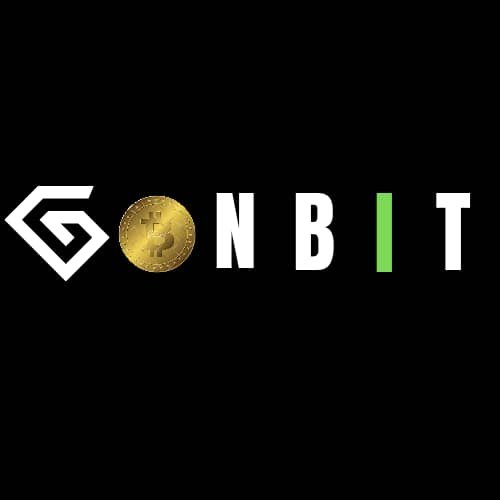Understanding Gonbit’s Fee Structure: A Comprehensive Guide
Understanding Gonbit’s fee structure is essential for managing your trading costs and maximizing your profits. Gonbit’s fee structure includes various types of fees associated with trading, deposits, withdrawals, and other platform activities. This guide provides a comprehensive overview of Gonbit’s fee structure and how to manage your costs effectively.
1. Trading Fees
1.1 Transaction Fees:
- Fee Types: Gonbit charges transaction fees for buy and sell orders executed on the platform. These fees are typically calculated as a percentage of the transaction amount.
- Fee Tiers: Gonbit may have different fee tiers based on trading volume or account type. Higher trading volumes or premium accounts may qualify for lower fees.
1.2 Maker and Taker Fees:
- Maker Fees: These are fees charged to users who provide liquidity to the market by placing limit orders that are not immediately matched.
- Taker Fees: These are fees charged to users who take liquidity from the market by executing market orders that match existing orders.
2. Deposit and Withdrawal Fees
2.1 Deposit Fees:
- Fee Applicability: Gonbit may charge fees for deposits, depending on the deposit method and currency. Check the deposit options available and associated fees.
2.2 Withdrawal Fees:
- Fee Structure: Gonbit charges withdrawal fees for transferring funds from your Gonbit account to an external wallet or bank account. Fees may vary based on the withdrawal method and currency.
- Fee Calculation: Withdrawal fees are usually fixed amounts or percentages based on the withdrawal amount.
3. Account Maintenance Fees
3.1 Inactivity Fees:
- Fee Conditions: Gonbit does not charge inactivity fees for accounts that remain inactive for an extended period.
3.2 Subscription Fees:
- Premium Accounts: Gonbit do not offer premium account options with additional features and benefits.
4. Managing and Minimizing Fees
4.1 Choose the Right Account Type:
- Account Options: Evaluate the available account types and choose one that aligns with your trading needs and fee preferences. Consider higher-tier accounts if you trade frequently to benefit from lower fees.
4.2 Optimize Trading Strategies:
- Reduce Transaction Costs: Implement trading strategies that minimize the frequency of transactions and associated fees. For example, using limit orders can help reduce taker fees.
4.3 Monitor Fees Regularly:
- Track Costs: Regularly review your trading activity and fees incurred. Use Gonbit’s account statements and fee reports to track and manage your costs effectively.
5. Common Questions About Fees
5.1 How can I find information about Gonbit’s current fees?
- Fee Schedule: Visit Gonbit’s fee schedule page on our website for detailed information about current trading, deposit, withdrawal, and account maintenance fees.
5.2 Are there any ways to reduce fees on Gonbit?
- Optimize Strategies: Use limit orders, choose appropriate account types, and monitor trading activity to reduce fees. Consider trading during lower-fee periods if applicable.
5.3 How often do fees change on Gonbit?
- Review Updates: Fees may change periodically based on market conditions or platform policies. Stay updated by reviewing Gonbit’s fee schedule and announcements.
6. Conclusion
Understanding Gonbit’s fee structure is crucial for managing your trading costs and maximizing your profits. Familiarize yourself with transaction fees, deposit and withdrawal fees, and account maintenance fees. By optimizing your trading strategies and monitoring fees regularly, you can effectively manage your costs and enhance your trading experience. For more information about Gonbit’s fee structure, visit our [Fee Schedule Page].
#GonbitFees #CryptoCosts #FeeStructure #TradingFees
